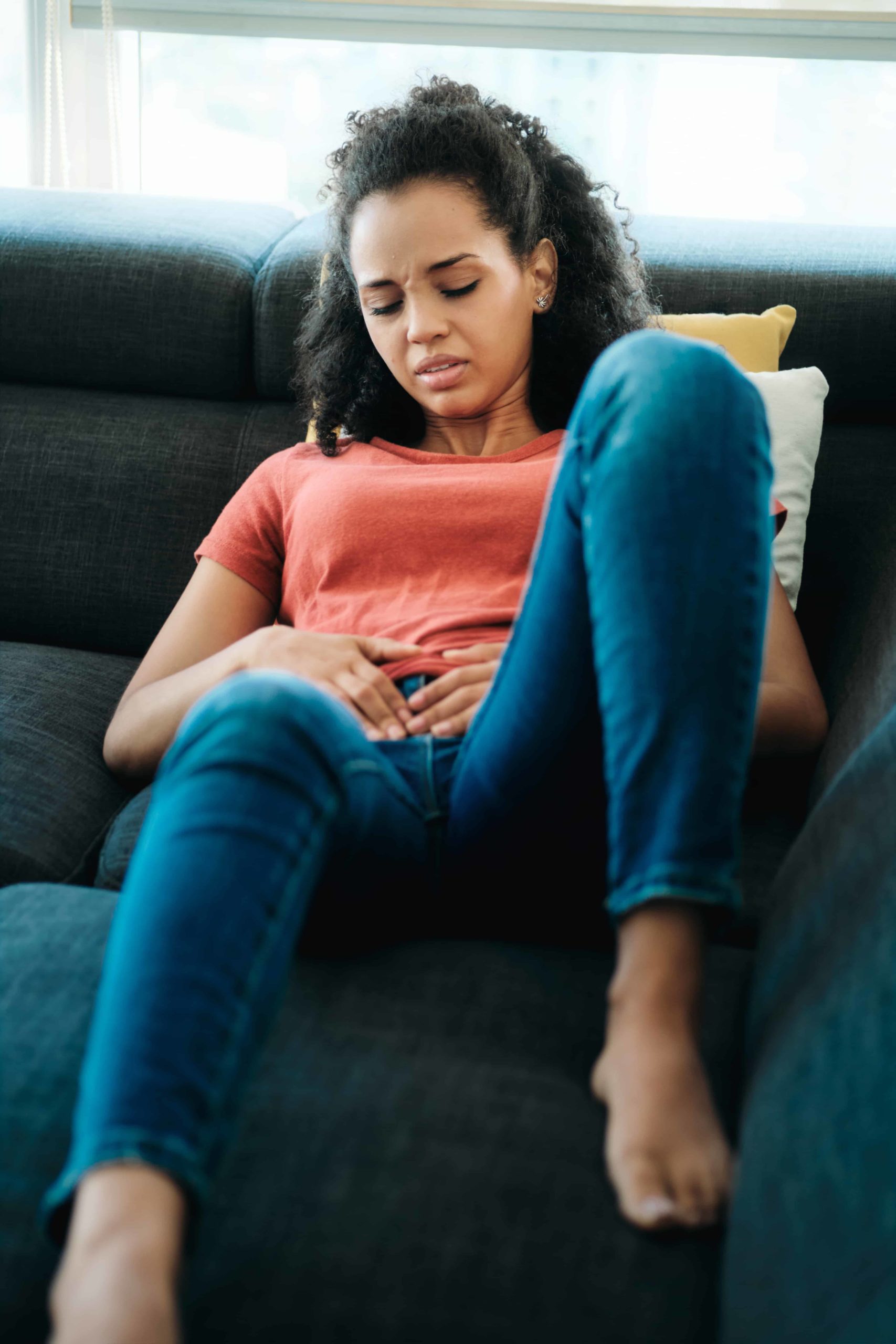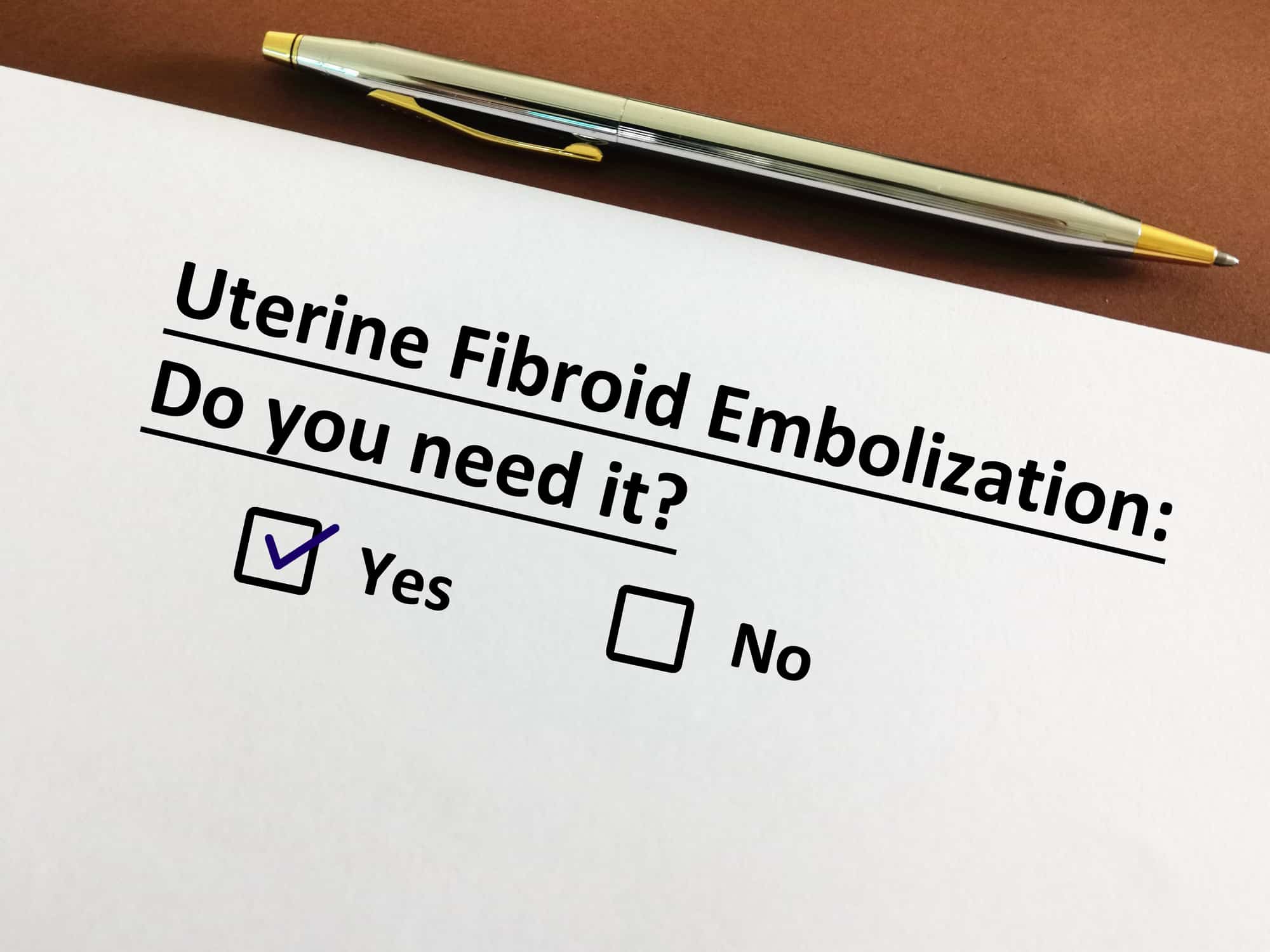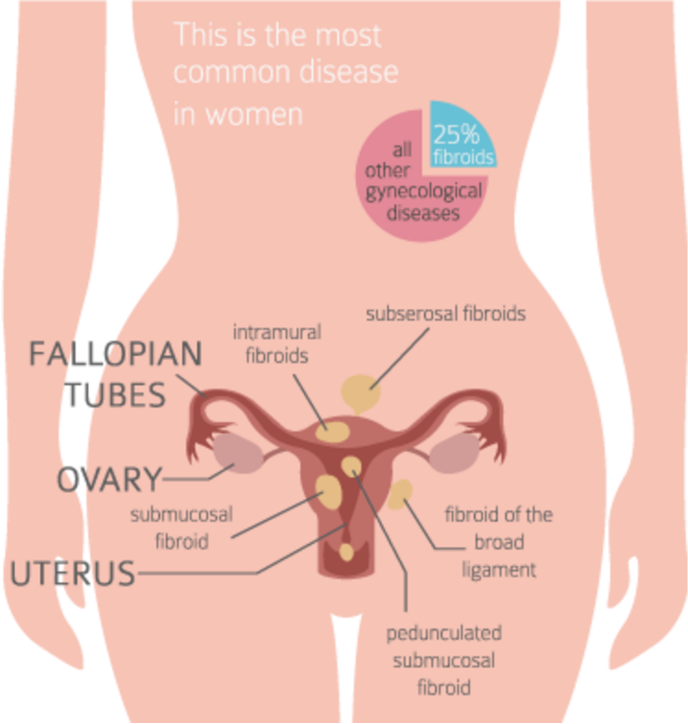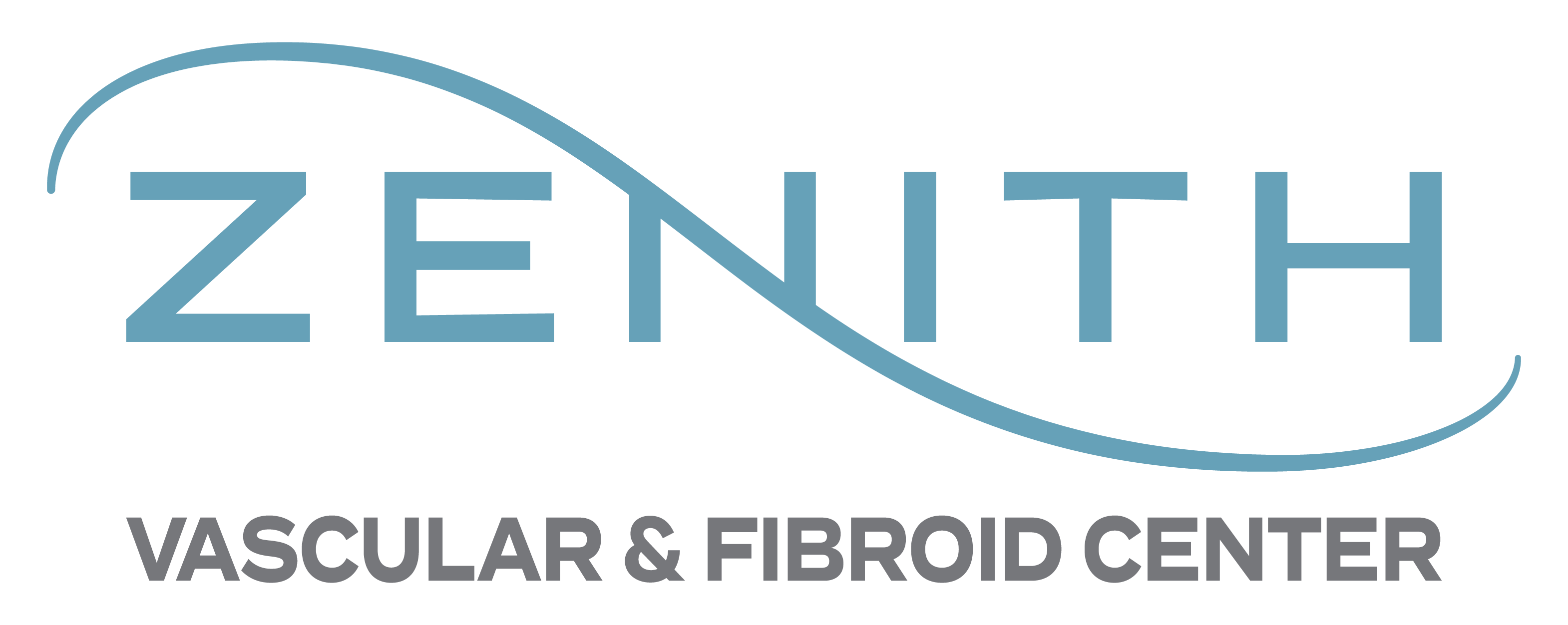Reclaim Your Life with Uterine Fibroid Embolization
UFE is a Safe and Non-Invasive Treatment That Provides Lasting Relief
The Uterine Fibroid Embolization procedure is a highly effective, minimally invasive treatment for fibroids.
Uterine Fibroid Embolization, also called UFE, is a treatment for uterine fibroids that is less invasive than a hysterectomy. This minimally invasive procedure preserves your uterus, lowers complication rates versus the old major surgery approach of hysterectomies. UFE reduces pain and blood loss, and has a reduced recovery time. Most patients return home on the same day as the procedure and return to normal activities shortly thereafter. It’s an outpatient treatment in which a small incision is made in the upper thigh, and a catheter is inserted into it. This catheter is moved gently to the location of the fibroid by our qualified team, who will guide it through your blood vessels.
Get Symptomatic Relief
The most prevalent symptoms for uterine fibroid patients are heavy periods, passage of clots, spotting between periods, constipation, bloating, diarrhea, and pelvic pressure.
UFE = Uterine Fibroid Embolization
You can now choose this minimally invasive, highly effective, modern treatment. Fibroid Embolization – a clear choice for many women.
You Can Schedule Your Consultation Today
Our experienced, knowledgeable staff of professionals are waiting to meet you and to be of service — whether you choose to self-referr or have been referred by your physician.

Symptoms of Fibroids
Due to minimal symptoms, many women do not realize they have uterine fibroids. The size, locations and number of fibroids may influence their symptoms:
Constipation
Difficulty urinating
Frequent urination
Heavy menstrual bleeding
Lower back pain
Any of the symptoms above warrant a trip to your doctor. If you experience any sharp pain in your pelvic region or have severe vaginal bleeding, please seek immediate medical attention.

Are You at Risk of Uterine Fibroids?
Take Our Quiz to Find Out!
This short quiz will consist of a series of questions related to symptoms, risk factors, and lifestyle habits that may increase the likelihood of developing uterine fibroids. Participants will be asked to rate the severity and frequency of symptoms such as heavy menstrual bleeding, pelvic pain, and urinary incontinence, as well as answer questions about their age, family history, and reproductive health.
The quiz will provide personalized feedback based on the participant’s answers, indicating their level of risk for uterine fibroids and recommending next steps for diagnosis and treatment.
Phillip T. Zeni, Jr., M.D., FSIR
Dr. Phillip Zeni is a board-certified interventional radiologist with over twenty years of experience serving patients in the greater Memphis metropolitan area. As the founder and medical director of Zenith Vascular & Fibroid Center, he specializes in the treatment of uterine fibroids, having successfully performed more than 500 uterine fibroid embolization procedures over the past twenty years!

Is uterine fibroid embolization safe?
Yes, uterine fibroid embolization is a safe and effective non-surgical option to treat symptoms caused by uterine fibroids. This minimally invasive procedure preserves your uterus, lowers complication rates versus the old major surgery approach of hysterectomies. UFE reduces pain and blood loss, and has a reduced recovery time. Most patients return home on the same day as the procedure and return to normal activities shortly thereafter.
Will UFE work on larger fibroids?
Uterine fibroid embolization has been found to work on fibroids of all sizes. In fact, a recent study in 40 women with large fibroids had a 97.5% success rate!
How long does it take to recover from UFE?
Unlike a hysterectomy that requires six to eight weeks for full recovery, you can resume regular activities within just a few days of a UFE procedure. At Zenith Health we do not require an overnight stay and most women go home within a few hours.
How big is the incision?
The incision for the uterine fibroid embolization procedure is extremely small, roughly the size of a tip of a pencil.
How long will it take for my symptoms to disappear?
Fibroid symptoms typically disappear within the first three months after the uterine fibroid embolization procedure. According to a study concerning UFEs, 93% of women reported improvements in their symptoms within 3 months after the procedure. If heavy bleeding is the issue, a reduction in bleeding usually occurs immediately following the procedure. Learn more about how to shrink fibroids fast.
What can I expect during recovery?
The first few hours following the uterine fibroid embolization procedure tend to be the most uncomfortable. Patients with symptoms of such discomfort may experience mild to moderate pain, cramping, and nausea, although these symptoms are often easily managed with over-the-counter medicines and pain relievers. For the first three to five days after the procedure, we ask that you limit your activity levels in order to allow your body to recover. Most women are able to return to their regular activities within ten days after their procedure.
Can I still get pregnant?
As compared to a hysterectomy, in which patients are no longer able to become pregnant, the uterine fibroid embolization procedure does not affect the ability to get pregnant. In fact, studies have shown that uterine fibroid embolization can actually increase the probability of getting pregnant.
Is a UFE covered by insurance?
Most health insurance companies cover UFEs.

DID YOU KNOW: The largest fibroid in the history of medicine was 63 kg, or 139 pounds! Usually, the size of a fibroid is several millimeters.
Testimonials
So glad I made the decision for UFE with Zenith! I feel so much better since I had this procedure 6 months ago. Dr. Zeni and his staff (thank you, Amy!) are wonderful! If you are experiencing issues with fibroids, please check them out. It’s been so worth it for me!
Dr. Zeni and his staff was very professional and the facility was very clean. If you have uterine fibroids I highly recommend Zenith Vascular & Fibroid Center.
Dr. Zeni is the best. He treated my fibroids and it changed my life. I no longer am exhausted, anxious and in excruciating pain every month, not having to wear diapers with over night pads or carry extra clothing during cycles. I am more than pleased with the service I have received.
I would like to share my experience at Zenith Vascular & Fibroid Center. The staff was very friendly, professional, & helpful. The facility is very clean, sanitized, & relaxed. Dr. Zeni’s bedside manor is amazing & he really cares about correcting health issue concerns to live a better productive everyday life. I have been post surgery for 13 days now & I can tell the difference & changes with my body for the better after UFE procedure. Thanks Again!
My experience after my Fibroid procedure was amazing and I have my normal life back. I experienced minimal pain afterwards & walked after the procedure with no problems. If you are contemplating on having this procedure, don’t wait any longer. Dr. Zeni and his team is amazing. Thanks for all you do Dr. Zeni!

Find out if you are a candidate for uterine fibroid embolization by scheduling your consultation with Dr. Zeni and Zenith Vascular & Fibroid Center today.
